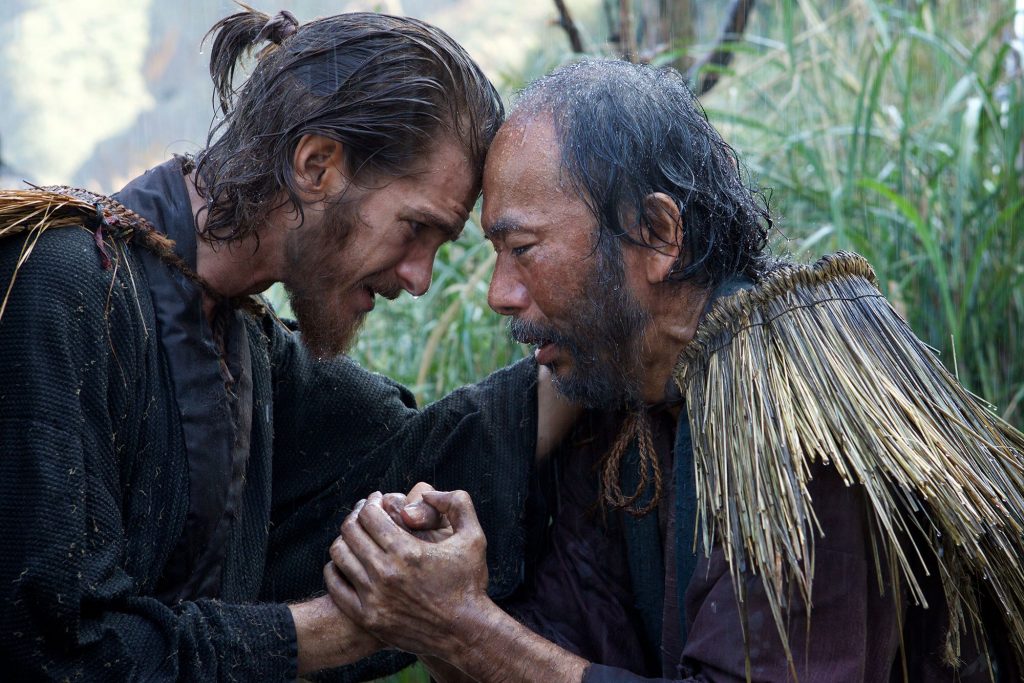Martin Scorsese has evidently waited his entire life to direct a saga of martyrdom and Judas-like betrayal on the scale of Silence, his stark, portentous adaptation of Shusaku Endo’s novel about Portuguese Catholic priests who get put through the wringer (along with their native followers) in 17th-century Japan. The movie is impressive. Scorsese isn’t working in his usual busy late style, which is meant to make you say, “Can that man cook!” He’s in the self-abnegation mode of The Last Temptation of Christ and Kundun, shaking off the accumulated layers of film-consciousness in an attempt to make you see things as no one has before: with pity, terror, and — maybe hardest of all to induce — a gnawing ambivalence. It’s challenging in ways that go beyond watching violence committed against the flesh.
His protagonists are two young padres, Rodrigues (Andrew Garfield) and Garupe (Adam Driver), who travel to the Land of the Rising Sun in search of their mentor, Father Ferreira (Liam Neeson). The older priest is rumored to have become an apostate, renouncing Christ while his fellow priests were singed, mutilated, and crucified. It’s even possible that Ferreira invented the ultimate test to determine if someone has successfully shed his or her belief: the fumi-e, an image of Christ on a stone or board onto which the believer must stomp.
Rodrigues and Garupe understand that Christianity — which had been tolerated for a time — has been driven underground by the shogun and his grand inquisitor. But they have no way of knowing the depth of the cruelty they’re about to encounter — the men and women rolled in straw mats and burned alive, or lashed to crosses and smashed by waves for days on end, or lowered headfirst into pits with cuts above their ears to allow their blood to drain, drop by agonizing drop. Perhaps even worse from the priests’ abstract perspective is that the very idea of Christian martyrdom will be called into question.
To read the rest of David Edelstein’s Vulture review, click here.

